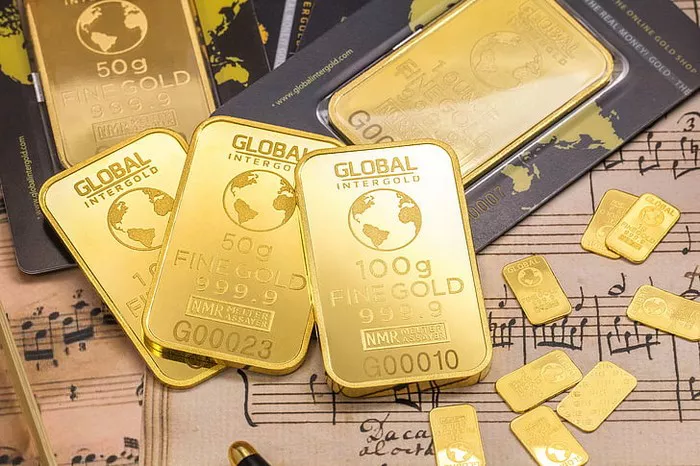Gold has long been a dependable store of wealth during economic turmoil. An analysis of the metal’s largest price increases over the past 50 years suggests that we are currently experiencing the longest-lasting gold rally since the U.S. abandoned the gold standard in August 1971.
“Gold possesses several critical qualities that have solidified its reputation as a wise hedge against instability,” said Brad Chastain, director of education at U.S. Money Reserve. “Its conductivity, corrosion resistance, and malleability give it intrinsic value, particularly in electronics. As a physical asset, gold has no counterparty risk, making it safer than some financial instruments reliant on issuers or other parties.”
These attributes have become increasingly relevant to consumers amid rising political turmoil, trade wars, the COVID-19 pandemic, and inflation. This growing demand has contributed to the recent surge in gold prices.
“Trends in the price of gold demonstrate the asset’s growing appeal among those seeking a stable, reliable store of wealth during this period,” Chastain added. “Over the past five years, the weekly spot price of gold has increased by more than 70%, from around $1,400 per ounce in June 2019 to over $2,400 per ounce in July 2024.”
Chastain noted that relative to the performance of the Dow Jones Industrial Average, gold has exhibited remarkable stability. After a sharp decline early in the pandemic, which coincided with a spike in gold prices and declining stock performance, the Dow-to-gold ratio has leveled off in recent years.
“The recent surge in gold prices amid political and economic instability is merely the latest instance of gold’s price increasing during periods of broader uncertainty,” he said. “Gold prices climbed following the U.S.’s abandonment of the gold standard in the early 1970s and continued to rise throughout the stagflation of the late 1970s and early 1980s.”
“Prices resumed their upward trajectory after the dot-com bubble burst and recession of the early 2000s, then skyrocketed in the wake of the Great Recession of 2008 as the federal government implemented expansionary monetary policies to stimulate the economy,” he added. “Prices remained elevated post-recession and have accelerated in recent years.”
Chastain highlighted that the current market is in a longer-lasting gold run than any since the U.S. fully abandoned the gold standard in August 1971. A gold run is defined as a period of at least six months of spot price growth without a 30% decline.
“The current 228-week run began in March 2020 – when COVID-19 initially disrupted large portions of the global economy – and has resulted in a 59% increase in the spot price of gold,” Chastain said. “While exceptional in duration, the current gold run ranks only eighth in terms of price growth.”
Most of the significant price runs occurred in the 1970s, a period marked by instability that led consumers to invest in gold. This era included the end of the gold standard, post-Watergate political turmoil, multiple energy crises, and rampant inflation.
“During the largest gold run on record, prices surged more than 300% from November 1978 to January 1980, coinciding with historically high inflation that profoundly impacted the economy,” Chastain explained.
As global economic and geopolitical conditions worsen, understanding these historical trends provides valuable insights for gold traders and investors moving forward.


